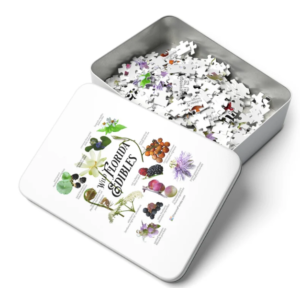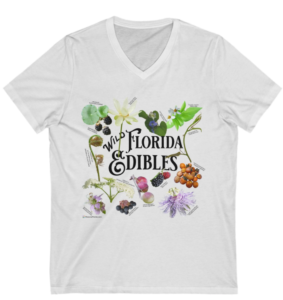Florida's Wild Edibles
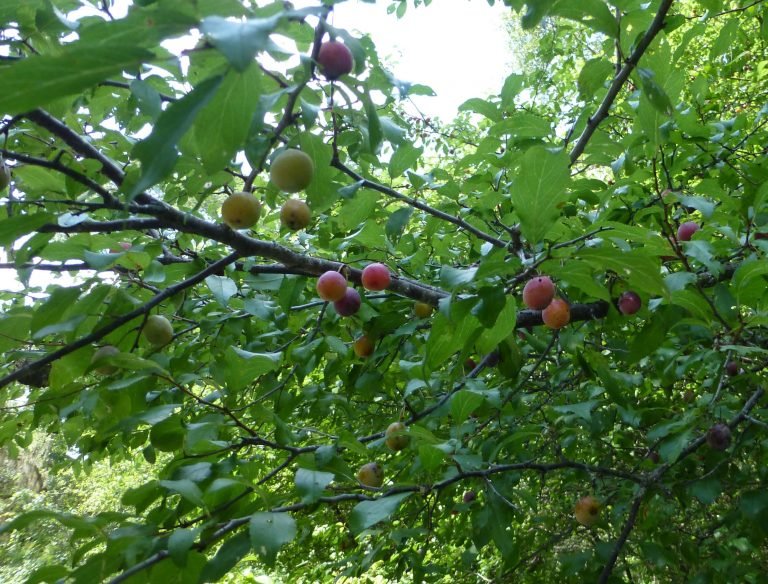
There are many wonderful wild, edible, plants available in Florida. The first step is to get to know the plants. A field guide will teach you how to identify wild edibles and is essential to your new adventure. If you are lucky enough to know a veteran at harvesting wild edibles, like Dick Deureling, ask him or her to take you along on their next collecting trip.
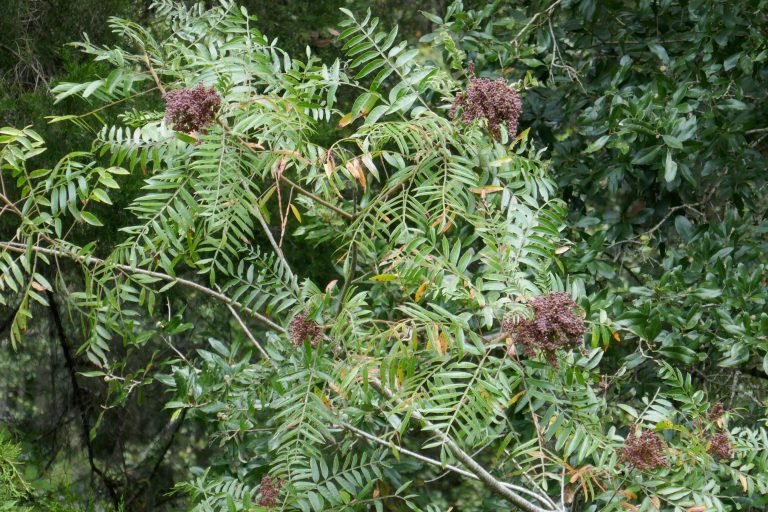
When you first begin learning about wild edibles you may find the large number of plants available overwhelming. Start by learning a few plants. Pick a handful of plants and get to know the botanical name, where they grow, how they grow, what part is edible, how to prepare it, & what time of year is best for collecting it. If you are unsure of the identification of a plant don’t eat it until you are sure of what it is. Once you master your initial list then move on to others.
Botanical Latin is not as intimidating as it seems. If you can learn the common name of a plant – you can learn its botanical name. Plants can have many common names so it is important to know the Latin name for identification purposes. For example, pigweed is a common name for both Amaranthus and Chenopodium. Knowing the botanical name of each plant will help to avoid confusion when collecting wild edibles.
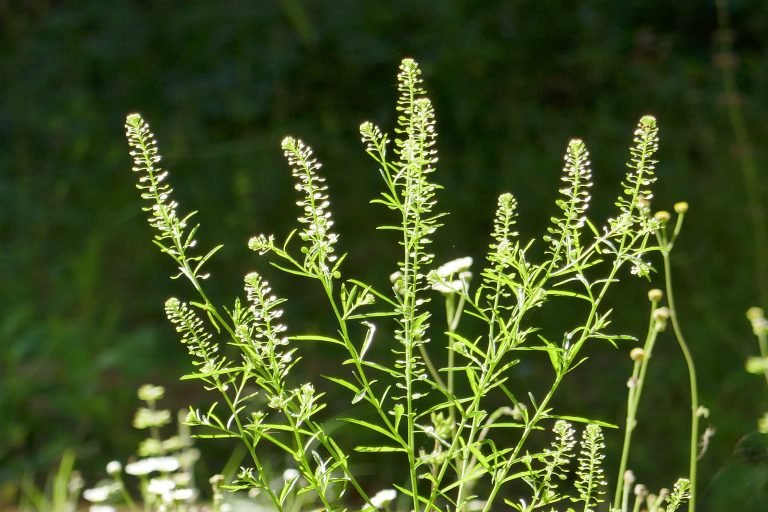
Wild edibles should be harvested at their peak of freshness. If you can’t collect enough to use at one particular time then harvest & store it for later use. Many plants, acorns, & berries can be gathered & frozen. Seeds can be collected and dried. Fruit & berries can be made into jelly or syrup for long term storage. Some plants can be canned as you would pickles. Horsemint and other plants used for teas can be harvested and dried. Wild edibles should not be collected near roadsides or other areas that may contain pollutants or pesticides. Be sure to leave more than you take. You certainly don’t want to deplete your supply of the plant, or deprive the animals of their food source.
Most plants that are used as potherbs become bitter once they begin to flower and need to be picked when they are very young. It’s a good idea to be able to identify these plants from their vegetation. If you go to harvest them and they have already flowered mark the area or make a notation to yourself so that you can come back the following year to gather the tender young leaves.

Experiment with some of your favorite recipes by using wild ingredients as substitutes. Smilax can be used in place of spinach in many recipes. Acorns and wild nuts can be used in place of pecans or walnuts in baking recipes. Tender wild herbs can be added to salads. Use wild instead of domestic garlic the next time you make garlic butter.
Collecting wild edibles can be very rewarding. It teaches you about habitat types, seasonal changes, native plants, & surprisingly – appreciation for some plants you may have formerly thought of as useless. You will learn that certain plants are found in certain areas and nowhere else. You will learn the season to harvest the plant at its peak of freshness. You will also learn appreciation, maybe even a fondness, for the many plants that have been mislabeled as weeds. Granted it is not like going to pick up produce at the grocery store, but it is a rewarding in many respects.

I’ve had several occasions to present programs on ‘Incredible Edible’s’ with my friends Sid Taylor and Kristin Wood at the Chinsegut Nature Center. We had a blast collecting, cleaning, preparing and EATING all the wonderful wild foods of Florida. We were thrilled to have Dick Deuerling at one of our programs … he enjoyed it immensly and complimented us on doing a great job. We miss you Dick … thanks for the guidance and encouragement.
Please be careful and make sure you are eating an edible plant … always have a field guide to make sure of identification. I don’t do mushrooms, so please don’t ask … people with decades of experience have picked the wrong mushroom and gotten very ill so I avoid them and suggest others do as well.
Have fun and enjoy Florida’s Wild Edibles!
Florida Wild Plants Used for Salad Greens |
||
| Latin Name | Common Name | Part of the Plant Used |
| Amaranthus spp. | amaranth species | young leaves |
| Bidens alba | Spanish needles | petals and young leaves |
| Cercis canadensis | Redbud | flowers |
| Commelina diffusa | dayflower | young leaves |
| Hydrocotyle umbella | dollarweed | young leaves |
| Lepidium virginicum | peppergrass | young leaves, buds, and seeds |
| Micromeria officianale | micromeria | leaves |
| Mitchella repens | partridge berry | berries |
| Pteridium aquilinum | bracken fern | fiddleheads less than 6″ in length |
| Rhexia virginica | meadow beauty | young leaves and flowers |
| Scirpus validus | bullrush | young shoots |
| Smilax species | catbrier | tender vine tips |
| Stachys floridana | Florida betony | root tubers |
| Stellaria media | chickweed | young leaves |
| Typha domingensis | southern cattail | young shoots and tender tubers |
| Viola species | violet | young leaves and flowers |
Florida Wild Plants Used Cooked as Potherbs or Added to Recipes | ||
| Latin Name | Common Name | Part of the Plant Used |
| Amaranthus spp. | amaranth species | young leaves |
| Bidens alba | Spanish needles | petals and young leaves |
| Chenopodium album | lamb’s quarters | young leaves |
| Hydrocotyle umbella | dollarweed | young leaves |
| Phytolacca americana | pokeweed | newly emerging plants less < 6″ in length |
| Pontederia cordata | pickerelweed | young leaves |
| Portulaca oleracea | purslane | young leaves |
| Pteridium aquilinum | bracken fern | fiddleheads less than 6″ in length |
| Rumex hastatulus | heart-wing dock | young leaves |
| Smilax species | catbrier | tender vine tips |
| Stellaria media | chickweed | young leaves and stems |
| Tradascantia ohiensis | spiderwort | young leaves |
| Typha domingensis | southern cattail | young shoots and tender tubers |
| Viola species | violet | young leaves and flowers |
| Youngia japonica | hawk’s beard | young leaves |
Florida Wild Plants Used for Beverages and Teas |
||
| Latin Name | Common Name | Part of the Plant Used |
| Diospyros virginiana | persimmon | dried leaves and dried ground seeds |
| Monarda punctata | spotted beebalm | dried leaves, flowers and stems |
| Passiflora incarnata | purple passion vine | ripe fruit |
| Pinus species | pine | young needles |
| Rhus copallinum | winged sumac | ripe fruit |
| Rosa species | wild rose | fruit (rosehips) |
| Rubus species | blackberry | dried young leaves |
| Sambucus candensis | elderberry | dried blossoms |
| Sassafras albidum | sassafras | bark and roots |
| Viola species | violet | young leaves and flowers |
Florida Wild Plants Used for Jellies and Jams | ||
| Latin Name | Common Name | Part of the Plant Used |
| Callicarpa americana | beautyberry | ripe berries |
| Diospyros virginiana | persimmon | dried leaves and dried ground seeds |
| Gaylussacia species | huckleberry | ripe fruit |
| Morus rubra | red mulberry | ripe fruit |
| Opuntia species | prickly pear cactus | ripe fruit |
| Passiflora incarnata | purple passion vine | ripe fruit |
| Prunus species | plums and cherries | ripe fruit |
| Rhus coppelina | winged sumac | ripe fruit |
| Sambucus candensis | elderberry | dried blossoms |
| Vaccinium species | blueberry | ripe fruit |
Recommended Field Guides and Books to Get You Started with Florida’s Wild Edibles
Angier, Bradford. How To Stay Alive in the Woods. Collier Macmillan: New York, NY. 1962
Angier, Bradford. Field Guide to Edible Wild Plants. Stackpole Books: Harrisburg, PA. 1974
Bowers, Priscilla G. I Eat Weeds. Buttercup Press, 4599 Palmer Ave., Jacksonville, FL 32210. 1996
Deureling, Dick & Peggy Lantz. Florida’s Incredible Wild Edibles. Florida Native Plant Society: Orlando, FL. 1993
Gibbons, Euell. Stalking the Good Life. McKay Co., Inc. New York, NY. 1971
Gibbons, Euell Stalking the Wild Asparagus. McKay Co., Inc. New York, NY. 1975
Hunt, David, Editor. Native Indian Wild Game, Fish & Wild Foods Cookbook. Castle Books: Edison, NJ. 1992
Michael, Pamela. A Country Harvest. Peerage Books: London, WI. 1986
Peterson, Lee Allen. Peterson Field Guide: Edible Wild Plants. Houghton Mifflin: Boston, MA. 1977
Tatum, Billy Joe. Wild Foods Field Guide and Cookbook. Workman Publishing: New York, NY. 1976
Next Article: Kudzu is Too Hairy To Eat in Edibles

